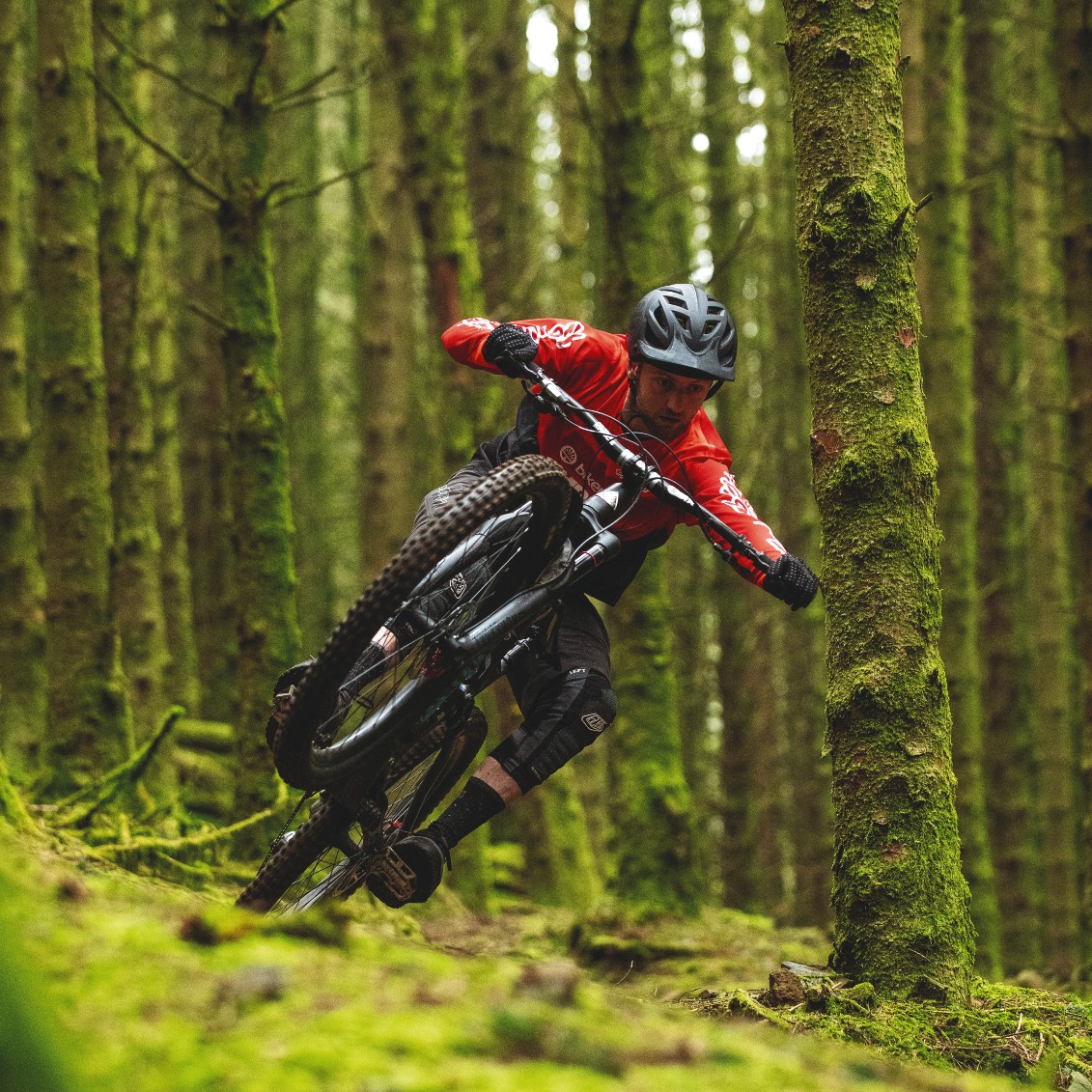In a world of ever increasing mass production, there seems to be a resurgence in the bike industry of passionate designers and engineers, wanting to take matters into their own hands. Boutique, hand built bikes are on the rise as more and more of us are falling in love with the idea of old fashioned craftsmanship and the personal connection between bicycle and maker. Based in the sleepy Somerset town of Frome, there are few brands that fit the description better than BTR Fabrications. Paul ‘Burf’ Burford and Tom ‘Tam’ Hamilton might be a little rough and ready in their appearance, but the bikes that emerge from their workshop are works of art. With a reputation for doing things a little differently and an unapologetic love of steel frames, we were curious to find out a bit more about the pair, so we called Tam, he put the kettle on and we sat down for a chat…
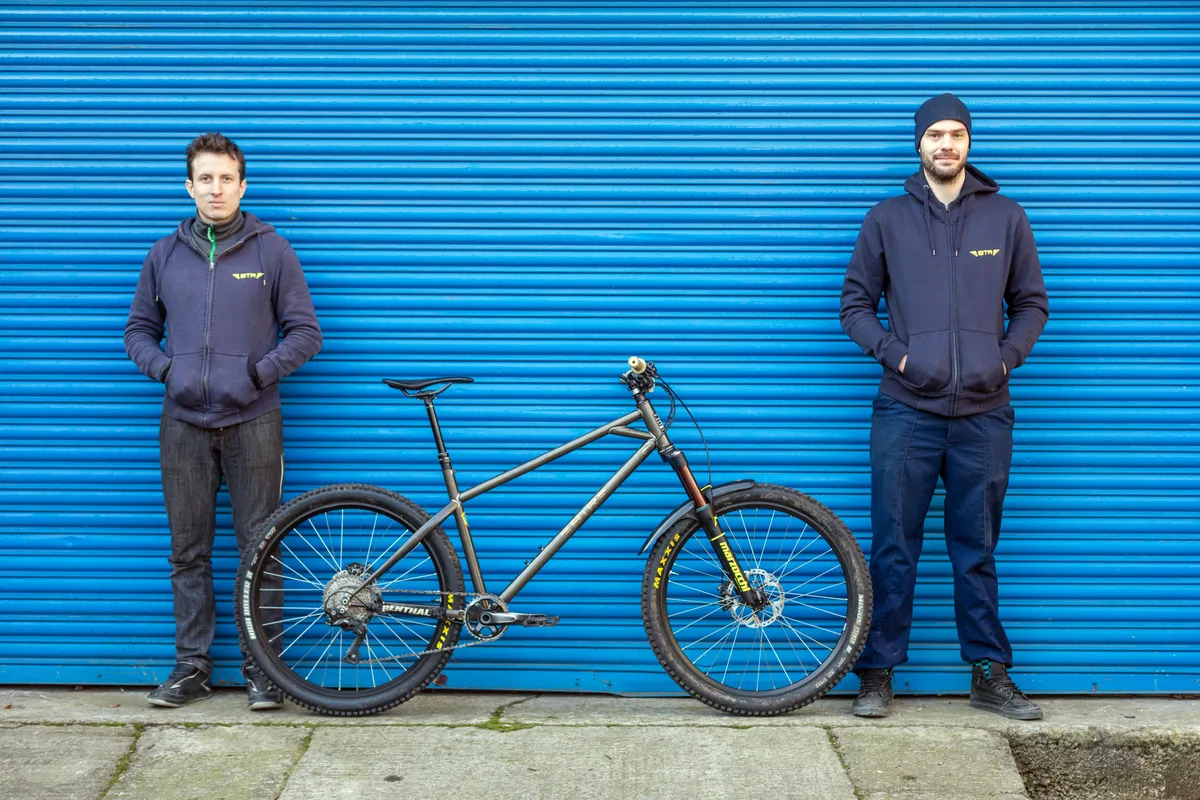
MBUK: Let’s start with a bit of background, who are you both and how did you come to start BTR?
Tam: I met Burf at uni, through K9 industries (a startup bike brand near Oxford). We both knew the owner, Luis Arriaz and we got chatting about making bikes and the technical side of things. After graduating, I worked as a design engineer for K9, but after about 2 years I knew I wanted to do my own thing. Burf had graduated by then so I gave him a call and it went from there really.

Burf: I raced a lot of bikes as a teenager and that’s what made me want to make my own frame. I’d made a recumbent before with my dad, but no mountain bikes. I remember it was pretty gnarly, I just held the tubes in place while my dad tacked it, so it wasn’t straight or stiff! I went to uni to learn how to do it properly and that’s when I found out about K9. I started hanging out with Tam, drinking & chatting bikes. (Mainly drinking, haha). After working as a TIG welder for a bit after uni, Tam rang me and said, “so are we actually going to start this company or what?” And we did! We started in late 2011.

What are your roles and how does the design process work?
Burf: Basically, Tam designs the frames and I weld them. We both share the other jobs to make the business run.
Tam: Everything is designed on CAD first, it gives us a good idea of how it’ll all look and it lets us shuffle things about and play with numbers before we touch any of the tubing. At that stage we do stress analysis too, which isn’t foolproof, but is very useful for finding any weak points. Only after that will we build the first prototype, so generally things tend to be pretty close to the mark straight off.
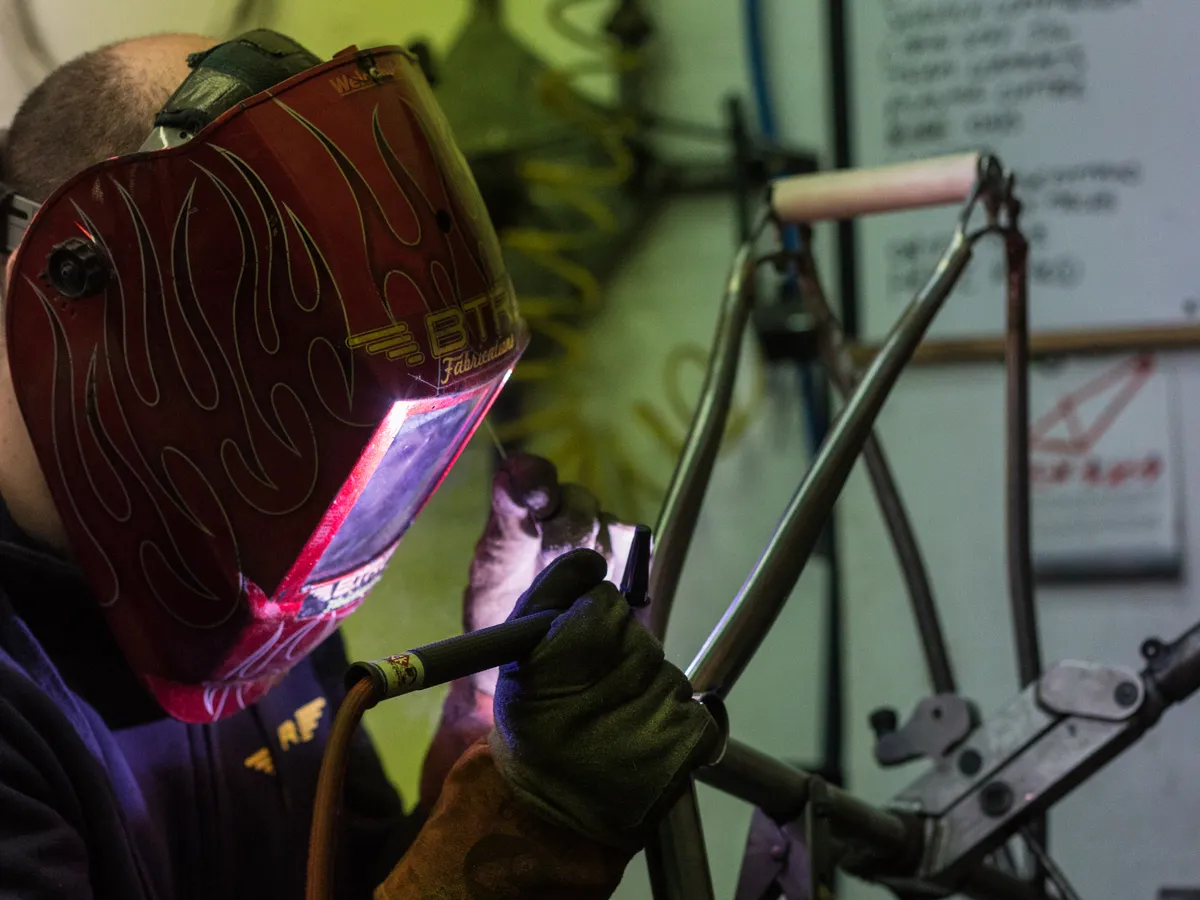
What was the first bike you built and what was the idea behind it?
Burf: The first bike we built was a downhill hardtail called the Belter. At that time, I was racing DH, but Oxfordshire hasn’t got many hills, so riding a full DH rig was pretty boring. I wanted to challenge myself more by riding a hardtail. I posed the idea to Tam and he liked it.
Tam: The development of hardtails seemed to have dropped off back then; full-suss had come along and hardtail geo hadn’t really changed much in the last 5 to 10 years. We knew we wanted a hardtail that handled like a DH bike, but without the squish, so rather than just making a standard hardtail longer, we looked at DH geometry. The Belter has a 61 degree head angle, which sounds super slack, but that’s because as the suspension works on a hardtail, it pivots on the rear axle and the head angle steepens. At the time, the slackest hardtail had a 66 degree head angle, so when Tam sent me the first Belter design, I thought it looked mental, but when I rode it, I loved it! It was like, woah, what have we created here!?
And how did people receive the bike?
Tam: They just thought we were two crackpots. Two guys in a shed with no credibility were basically saying "everyone that’s made a hardtail so far is doing it wrong and we're doing it right". People were like- jog on!
Burf: We’d come at the frame design from a purely engineering point of view and people didn’t really like the way it looked. In some ways that's fair enough, you’ve got to like the look of your bike, but you don’t look at the mantle piece while you’re stocking the fire do ya! Haha.
Tam: We’ve always approached bikes with a function first outlook. If it doesn’t add something to the function of the bike, we wont put it on there. Mechanical design comes first, rather than a sketch.
What came next?
Burf: We followed the Belter with an enduro hardtail called the Ranger, in late 2012/2013. At that time enduro was the next big thing, so we wanted to build a bike for it. The first geometry test mule was built out of massive mild steel box section tubes and weighed nearly 4-5kg! We built a second prototype to race at the first Dudes of Hazard enduro in Kinlochleven and rocked up at that on our hardtails when the tracks probably warranted a full-on DH rig! The bike rocked though, so we’ve settled on that and just refined it. The latest Ranger is probably our mainstay now; we sell 4 of them for every 5 bikes we sell. In total we sell around 30bikes a year, but our target is to hit 50 this year.
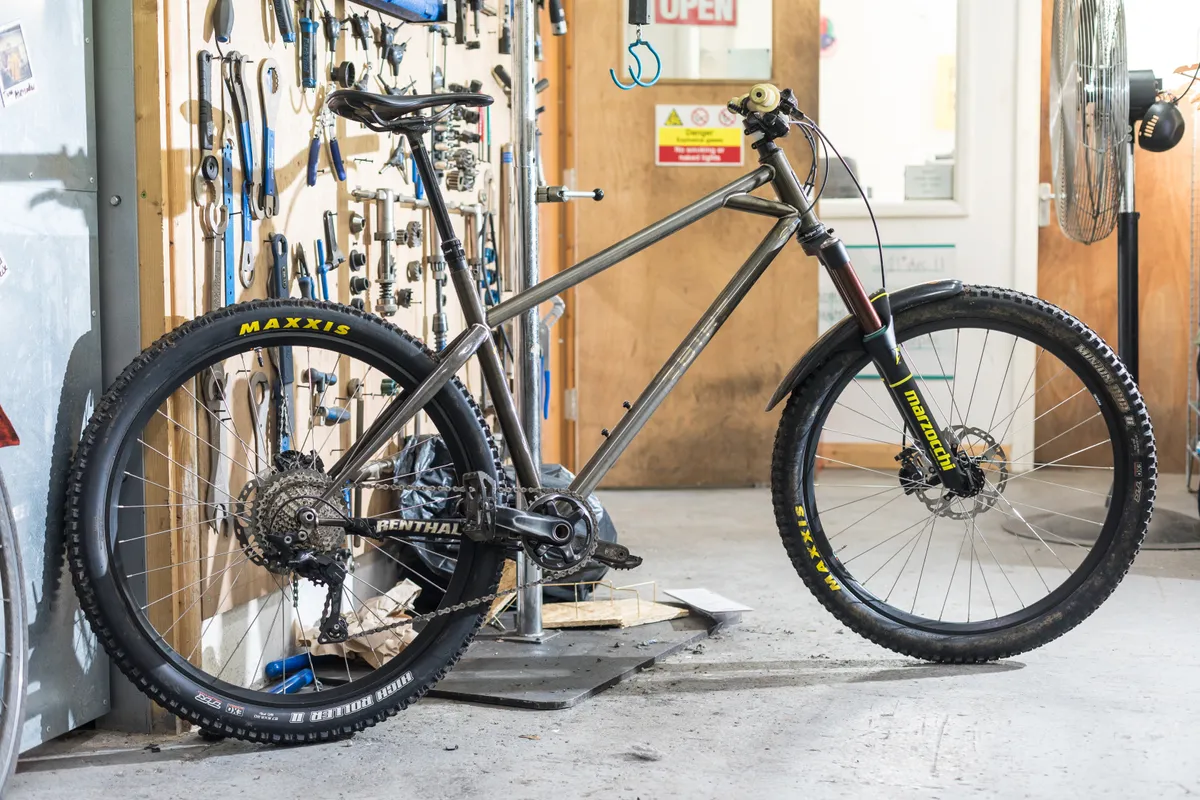
Do you do custom bikes?
Burf: Yeah, at the minute we’re building a custom 29inch Ranger for a guy who’s 6ft6. We had to get Reynolds to custom make a down tube that was long enough! Most of our jigs we built ourselves and they’re adjustable, which gives us the flexibility to do that.
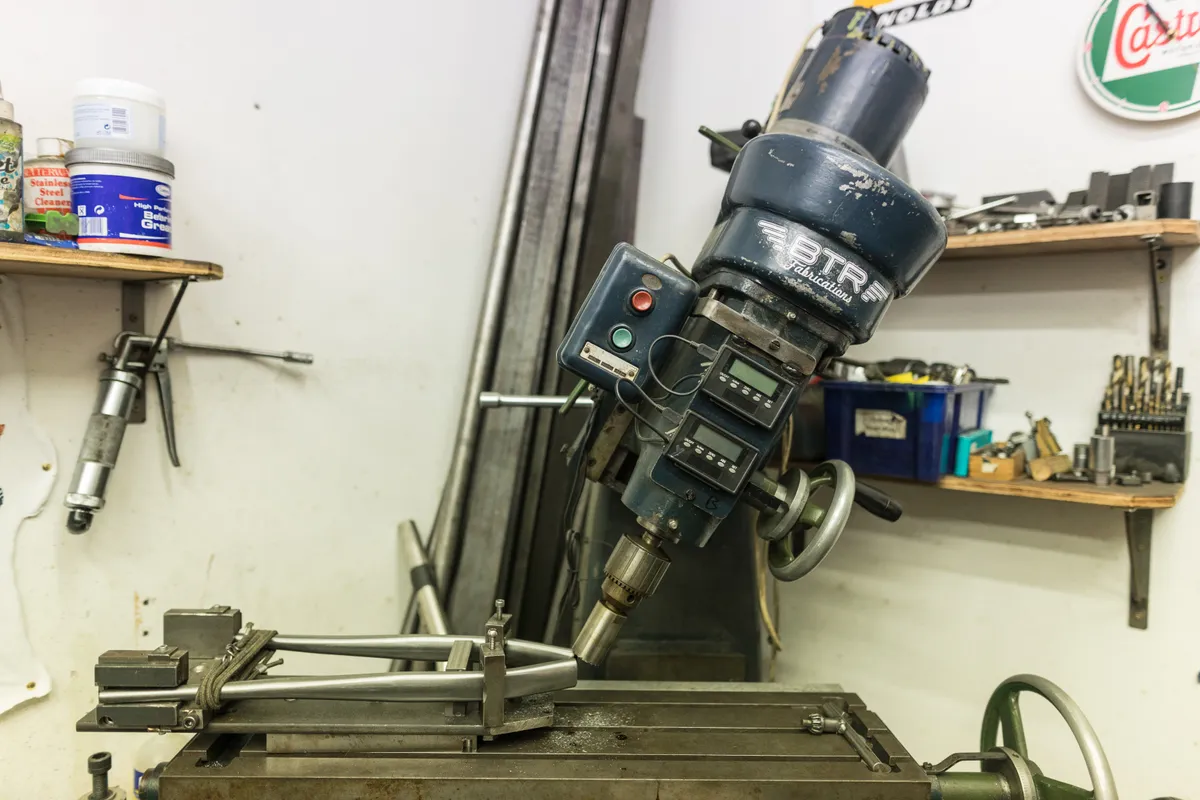
And any other big wheeled stuff?
Tam: Personally, I’m not a fan of plus sized wheels, I don’t think they handle well at speed, but we are going to do something a bit like the Ranger, but more of an adventure bike. I’m actually working on a fat bike design too though, just for fun. Haha! They don’t go fast and apart from running things over and they don’t really do anything well, but they certainly make you laugh when you ride one! The one I’m designing is for a customer who lives in Swedish Lapland. We seem to sell quite a few bikes to Sweden and Norway actually.
Is the UK still your biggest market?
Tam: We sell about half of all our bikes in the UK, but quite a lot to Germany, too. I think they have an appreciation for craftsmanship and an engineered look.
Burf: In general people are waking up to a more handmade, environmentally friendly way of doing things. It’s nice to have a bike with a direct association to the person who made it, but the downside is that you’re not paying the workers pennies, so it ends up more expensive. When you look at the cost of our frames though, they’re actually really good value. A hardtail from us might be 2.5 times the price of one from Taiwan, but we’re paying 10 times more for just the tubing.

That leads us nicely on to materials, do you think steel is the best choice for building hardtails?
Tam: It’s a really good material and the grades of it that we use allow us to affect ride quality in a positive way. That said, with the fancy grades of aluminium that are available in Taiwan, you can build a bike with a really long fatigue life, which is something that’s often quoted for steel bikes. With those tubes you can build a bike with a really good ride quality, but the fact is, these tubes aren’t available in the UK in the right range of sizes, so we haven’t got the choice. It’s not a case of “shit we’re stuck with steel” though, it’s a really good material and we’re working to the best of its qualities.
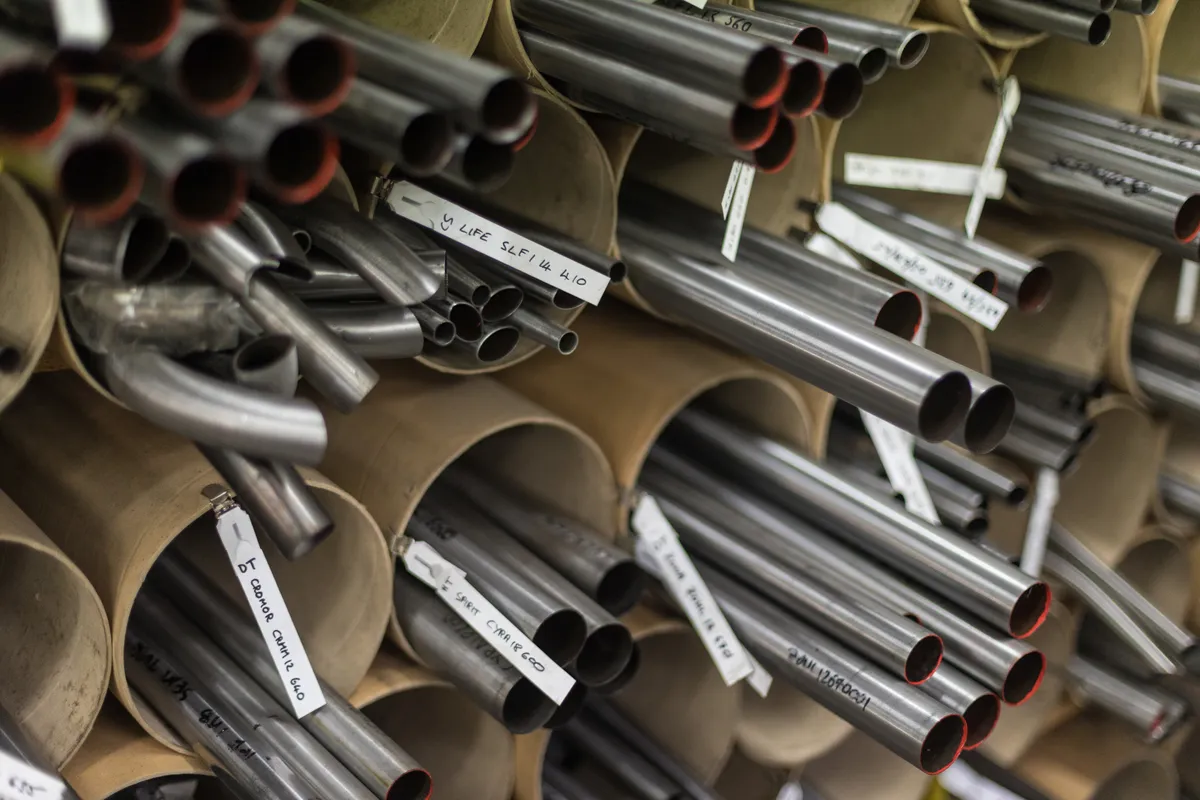
The finish on your frames is quite unique, how do you do it?
Tam: The steel is pre-treated, which is what gives it this smoky colour. By dip coating a frame, it protects the steel, both inside and out, which really helps the longevity. After that, a clear coat goes over the top of that to seal it. Our logo is masked off during pre-treated, so there’s no stickers. By finishing the frame in this way, every little imperfection is left visible, so it’s a really honest finish. If you look inside the headtube of a mass-produced frame you see all sorts of dodgy stuff, like welds that haven’t penetrated fully. They might look beautiful from the outside, but when you’re a frame builder, you notice these things and you’re like holy shit! Saying this, some are absolutely beautiful though, if you want to see good welding, look at a Nicolai.
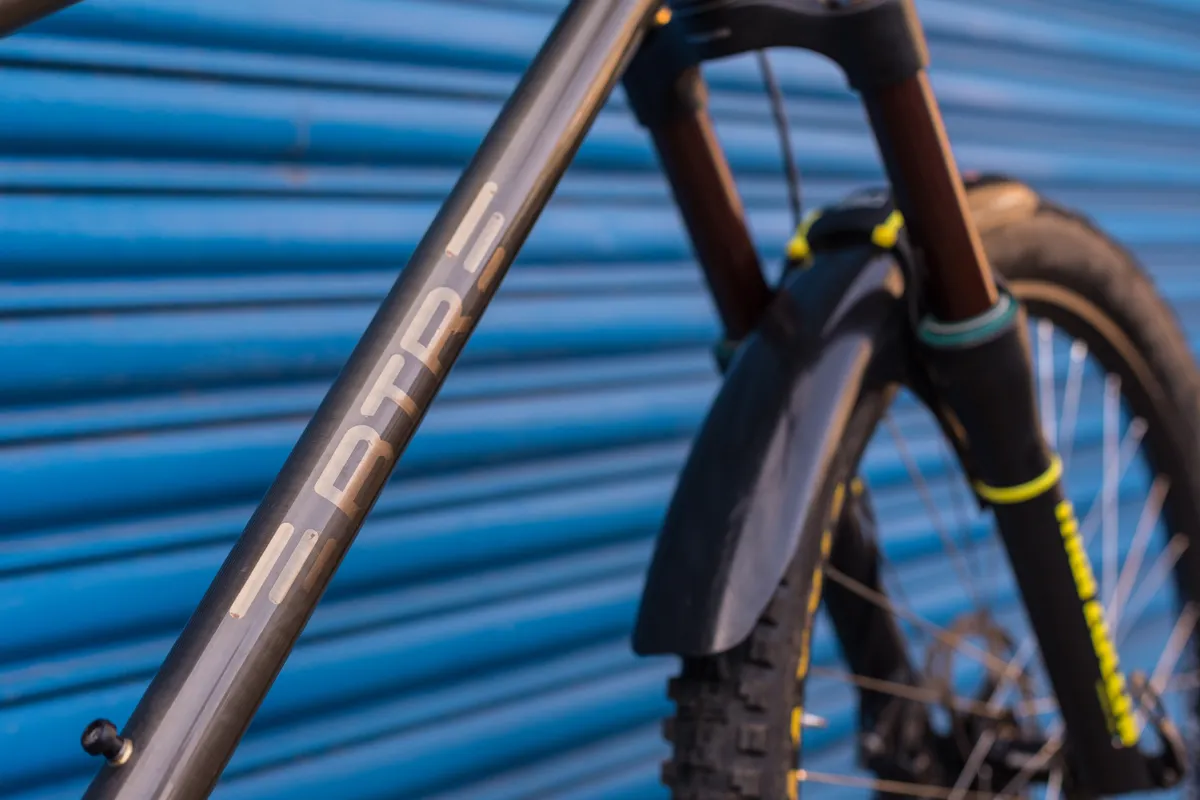
How many man hours go into one of your frames?
Burf: We gang frames together if we can, but because everything is built to order, every angle is unique, which requires a different machine setup, so it’s one frame at a time. It’s nice for the customer though, because we can send them pictures of the build process and they know what stage it’s at. At least 20hrs goes into the physical build of each frame, before it goes to the paint shop just down the road. It then comes back here and we probably spend another 5hours on the finishing. It’s got to the point where we could really do with some help, but we don’t actually pay ourselves a living wage yet, so that might have to wait!

Finally, you recently released a new full-suss, can you tell us a bit more about that?
Burf: The Pinner is our ‘do it all’ trail destroyer. It’s actually the second iteration of the bike, we designed the original one a few years ago, but it’s been on the backburner for the last year as we wanted to improve the design and adopt a few new standards. It’s steel framed, like our hardtails and has a single pivot, linkage actuated design that gives 130mm of travel.
To find out more about the Pinner and the backstory behind its creation, pick up a copy of MBUK Issue 350 (on sale 1st Dec.)
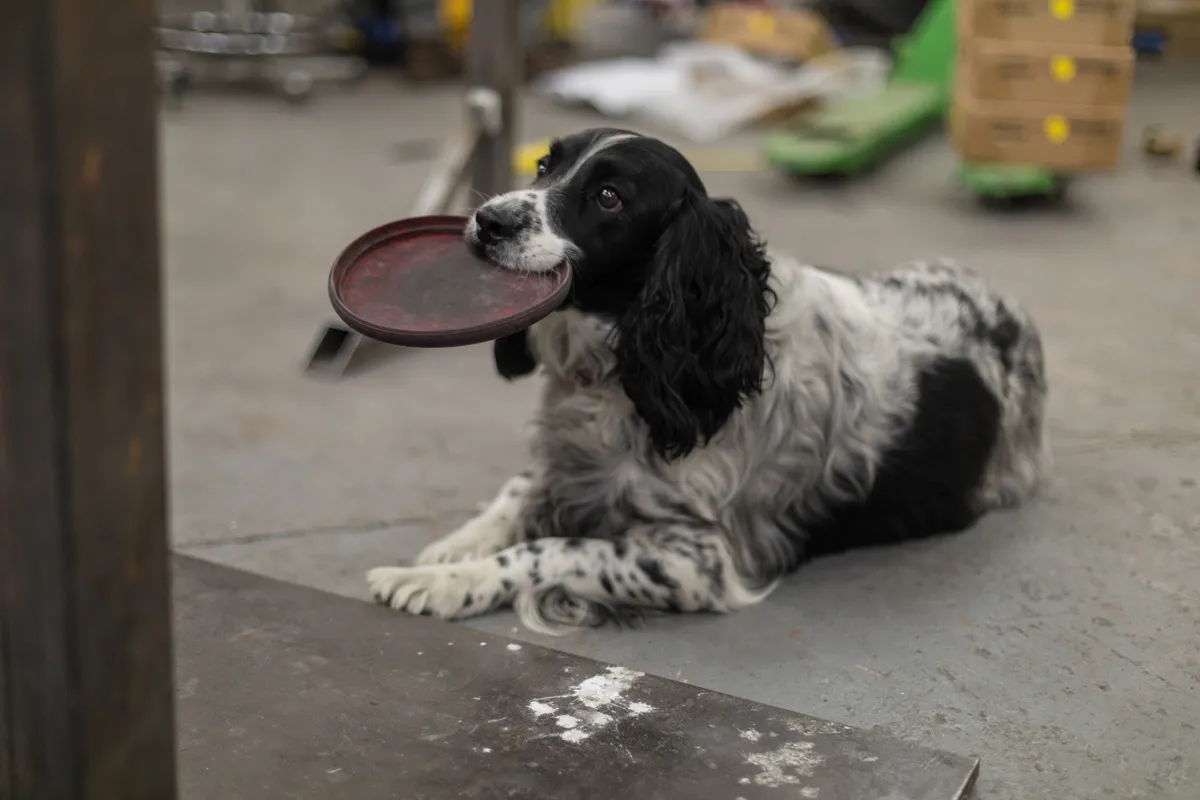
Check out Joel Anderson riding the BTR Pinner the way Burf and Tam designed it to be:
You can subscribe to MBUK here and check out our Facebook, Instagram and Twitter accounts for all of the latest mountain bike action.
And don't forget to sign up to our newsletter!
